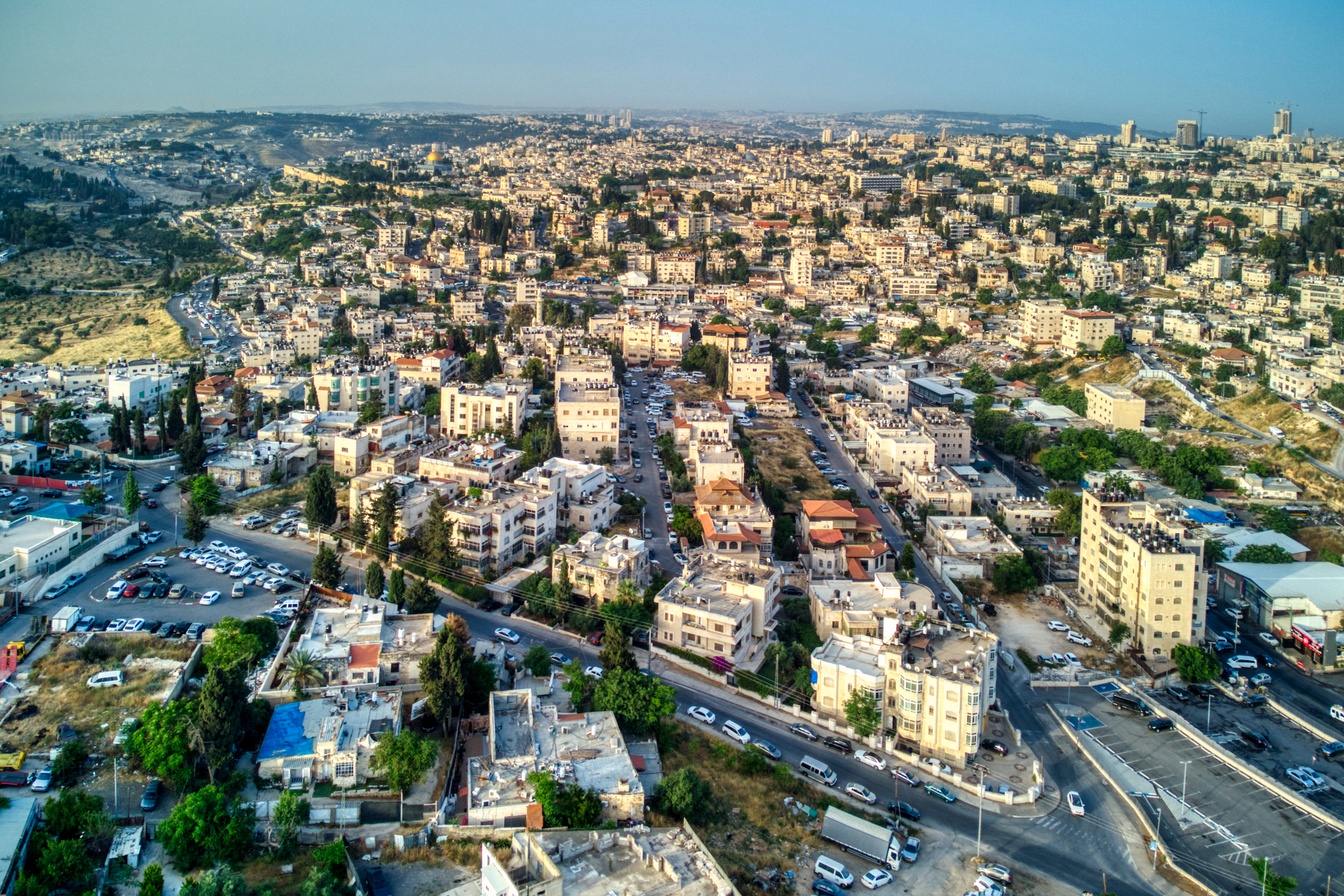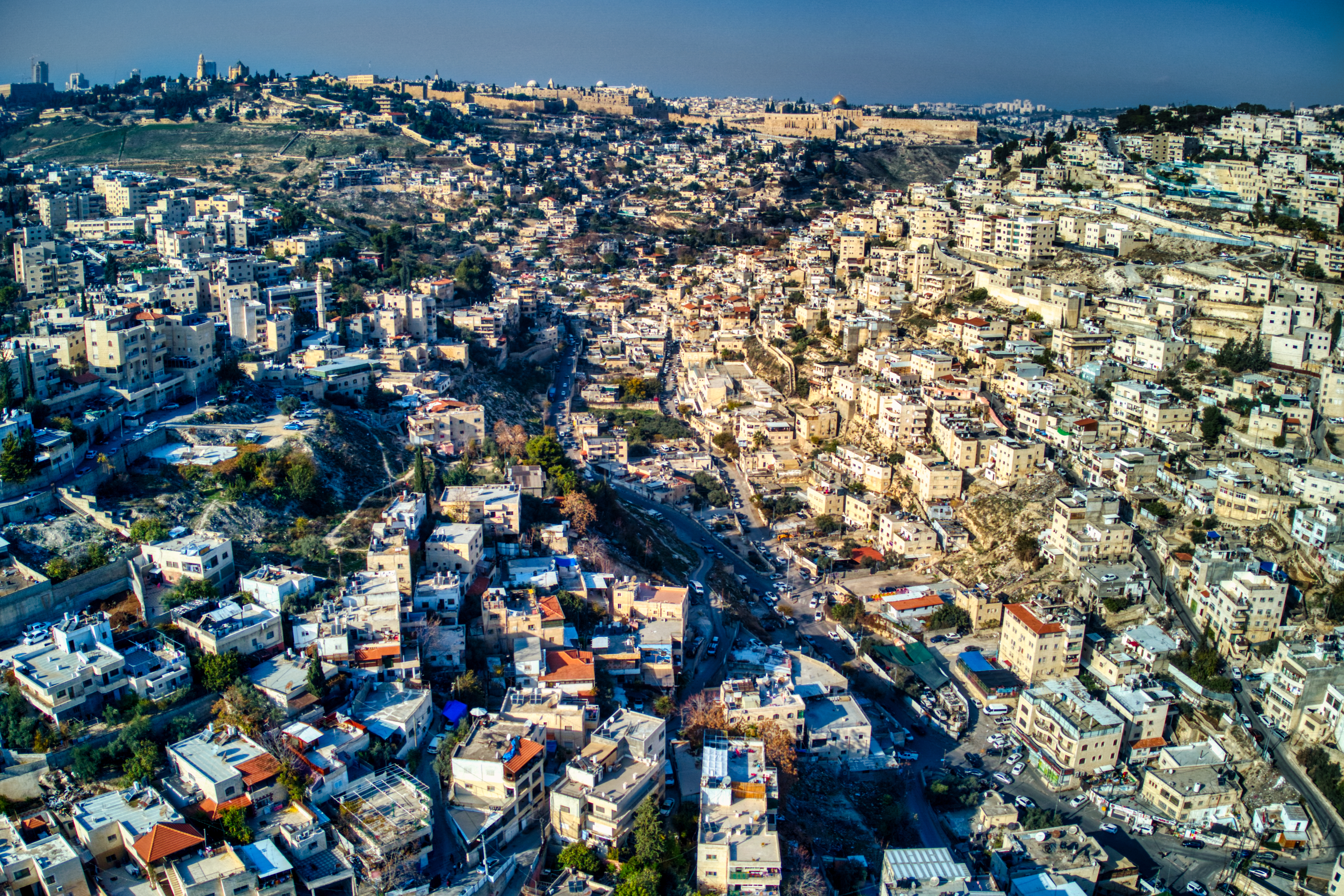|
Kidron Valley
The Kidron Valley ( classical transliteration, ''Cedron'', from , ''Naḥal Qidron'', literally Qidron River; also Qidron Valley) is a valley originating slightly northeast of the Old City of Jerusalem, which then separates the Temple Mount from the Mount of Olives, and ending at the Dead Sea. Beyond Jerusalem it continues in a general south-easterly direction through the Judean Desert in the West Bank, reaching the Dead Sea near the settlement of Ovnat, and descending along its course. In ancient Hebrew sources, as well as in Arabic, different segments of the valley bear different names. Arabic names include وادي الجوز, Wadi el-Joz, 'Valley of the Walnut', but possibly a shortening of "Valley of Josaphat", for the upper segment, near the Temple Mount; and Wadi en-Nar, 'Fire Valley', for the rest of it – with at least the segment at the ancient Mar Saba (' Saint Sabbas') monastery also known in the 19th century as Wadi er-Rahib, 'Monk's Valley'. In its upper par ... [...More Info...] [...Related Items...] OR: [Wikipedia] [Google] [Baidu] [Amazon] |
Wadi Al-Joz
Wadi al-Joz (; ), also Wadi Joz, is a Palestinian neighborhood in East Jerusalem, located at the head of the Kidron Valley, north of the Old City of Jerusalem. The population of Wadi Joz is 13,000. It is located 750 meters above sea level in the Kidron Valley (Nahal Kidron). "Wadi al-Joz", in Arabic, literally means "Valley of the Walnuts", though it is believed that the name is an abbreviation of "Valley of Josaphat", a location mentioned in the Bible, traditionally identified with the Kidron Valley. History The neighborhood was established outside Herod's Gate in the late 19th century when wealthy Arab Jerusalemite families built summer houses there. The largest and oldest landowning family of Wadi al-Joz were the Khatib family of Jerusalem, which, according to the family's oral history, settled in Jerusalem in the 14th century. They established agricultural estates, mills and fortified summer residences in Wadi al-Joz but remained based in the Bab al-Hadid neighborhood ab ... [...More Info...] [...Related Items...] OR: [Wikipedia] [Google] [Baidu] [Amazon] |
Byzantine Empire
The Byzantine Empire, also known as the Eastern Roman Empire, was the continuation of the Roman Empire centred on Constantinople during late antiquity and the Middle Ages. Having survived History of the Roman Empire, the events that caused the fall of the Western Roman Empire in the 5th centuryAD, it endured until the fall of Constantinople to the Ottoman Empire in 1453. The term 'Byzantine Empire' was coined only after its demise; its citizens used the term 'Roman Empire' and called themselves 'Romans'. During the early centuries of the Roman Empire, the western provinces were Romanization (cultural), Latinised, but the eastern parts kept their Hellenistic culture. Constantine the Great, Constantine I () legalised Christianity and moved the capital to Constantinople. Theodosius I, Theodosius I () made Christianity the state religion and Greek gradually replaced Latin for official use. The empire adopted a defensive strategy and, throughout its remaining history, expe ... [...More Info...] [...Related Items...] OR: [Wikipedia] [Google] [Baidu] [Amazon] |
Second Temple Period
The Second Temple period or post-exilic period in Jewish history denotes the approximately 600 years (516 BCE – 70 CE) during which the Second Temple stood in the city of Jerusalem. It began with the return to Zion and subsequent reconstruction of the Temple in Jerusalem, and ended with the First Jewish–Roman War and the Roman siege of Jerusalem. In 587/586 BCE, the Neo-Babylonian Empire conquered the Kingdom of Judah; the Judeans lost their independence upon the Babylonian siege of Jerusalem, during which the First Temple was destroyed. After the Babylonians annexed Judah as a province, part of the subjugated populace was exiled to Babylon. This exilic period lasted for nearly five decades, ending after the Neo-Babylonian Empire itself was conquered by the Achaemenid Persian Empire, which annexed Babylonian territorial possessions after the fall of Babylon. Soon after the conquest, Persian king Cyrus the Great issued a proclamation known as the Edict of Cyrus, encoura ... [...More Info...] [...Related Items...] OR: [Wikipedia] [Google] [Baidu] [Amazon] |
Rock-cut Tombs In Ancient Israel
The use of rock-cut cave tombs in the region of ancient Israel began in the early Canaanite period, from 3100–2900 BCE. The custom lapsed a millennium, however, before re-emerging in the earliest Israelite tombs, dating to the 9th century BCE in Jerusalem. The use of rock-cut tombs reached its peak in the 8th and 7th centuries BCE, before rapidly declining and eventually falling out of use in the 6th century BCE in some regions.Faust, Avraham, and Bunimovitz, Shlomo. "The Judahite Rock-Cut Tomb: Family Response at a Time of Change." In ''Israel Exploration Journal'', vol. 58, no. 2, 2008, pp. 150–170. . Accessed 16 Nov. 2020. It reappeared during the Second Temple period and continued into the Late Roman and Byzantine periods. Use of the tombs has been recorded as recently as the late Roman period around the 3rd century CE. Rock-cut tombs were a form of burial and interment chamber used in ancient Israel. Cut into the landscapes surrounding ancient Judean cities, their de ... [...More Info...] [...Related Items...] OR: [Wikipedia] [Google] [Baidu] [Amazon] |
Silwan Necropolis
Silwan or Siloam (; ; ) is a predominantly Palestinian district in East Jerusalem, on the southeastern outskirts of the current Old City of Jerusalem.Archaeology and the struggle for Jerusalem ''''. February 5, 2010 It is mentioned in the and the ; in the latter it is the location of Jesus' healing ... [...More Info...] [...Related Items...] OR: [Wikipedia] [Google] [Baidu] [Amazon] |
First Temple Period
The history of ancient Israel and Judah spans from the early appearance of the Israelites in Canaan's hill country during the late second millennium BCE, to the establishment and subsequent downfall of the two Israelite kingdoms in the mid-first millennium BCE. This history unfolds within the Southern Levant during the Iron Age. The earliest documented mention of "Israel" as a people appears on the Merneptah Stele, an ancient Egyptian inscription dating back to around 1208 BCE. Archaeological evidence suggests that ancient Israelite culture evolved from the pre-existing Canaanite civilization. During the Iron Age II period, two Israelite kingdoms emerged, covering much of Canaan: the Kingdom of Israel in the north and the Kingdom of Judah in the south. According to the Hebrew Bible, a "United Monarchy" consisting of Israel and Judah existed as early as the 11th century BCE, under the reigns of Saul, David, and Solomon; the great kingdom later was separated into two smaller ... [...More Info...] [...Related Items...] OR: [Wikipedia] [Google] [Baidu] [Amazon] |
Jewish Gathering At Tomb Of Zacharieh, Kebron
Jews (, , ), or the Jewish people, are an ethnoreligious group and nation, originating from the Israelites of ancient Israel and Judah. They also traditionally adhere to Judaism. Jewish ethnicity, religion, and community are highly interrelated, as Judaism is their ethnic religion, though it is not practiced by all ethnic Jews. Despite this, religious Jews regard converts to Judaism as members of the Jewish nation, pursuant to the long-standing conversion process. The Israelites emerged from the pre-existing Canaanite peoples to establish Israel and Judah in the Southern Levant during the Iron Age. John Day (2005), ''In Search of Pre-Exilic Israel'', Bloomsbury Publishing, pp. 47.5 8'In this sense, the emergence of ancient Israel is viewed not as the cause of the demise of Canaanite culture but as its upshot'. Originally, Jews referred to the inhabitants of the kingdom of JudahCf. Marcus Jastrow's ''Dictionary of the Targumim, Talmud Babli, Talmud Yerushalmi and Midr ... [...More Info...] [...Related Items...] OR: [Wikipedia] [Google] [Baidu] [Amazon] |




